|
|
|
|
|
|
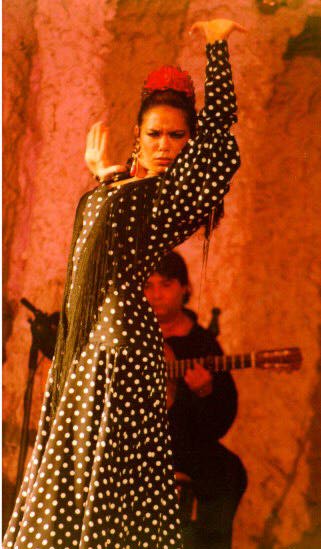 |
THE HISTORIC VARIETY IN GUITAR SIZES (taken from several visited websites) A casual browsing of illustrated histories of the guitar, such as Guitars...from the renaissance to rock, by Tom and Mary Anne Evans (New York, 1977) makes one aware of the great variety in size and shape that the guitar has exhibited since the 16th century and, indeed, continues to display in lands that are somewhat removed from the mainstream of central Europe. Anyone who has witnessed a Mexican Mariachi band, for example, with its robust guitarron (bass guitar), its standard Spanish guitar, and in some cases its small requinto, about the size of a baritone ukulele, will attest to how much a certain variety in guitar size adds spice to life! Have we lost some of this variety...this spice...with the standardization of the classic guitar today? The student of the classic guitar walking into a music store in the present to look over the inventory of nylon string guitars will soon realize that the so-called classic guitar of our era has become a very stereotyped, standardized instrument. Its physical characteristics are more or less settled as follows: - String length: 65 to 66 cm. - Overall length: 100 to 101 cm. - Body Width: Upper bout, 27-28.5 cm. Waist, 23.5-24.5 cm. Lower bout, 35-37 cm. - Body depth: 9-10.7 cm. Without attempting to review the question of when, where, and how these dimensions became so fixed, I would like to offer some liberating thoughts for anyone-guitar maker or performer alike-who has ever questioned the necessity of classic guitars being this size and only this size. These reflections will seem especially timely to those who are involved in teaching guitar to young people, for a rediscovery of "small" and even "tiny" guitars for tiny tots is in progress at the present time. This may be due to the beneficial influence that the Suzuki approach to violin instruction is having in the musical world. |
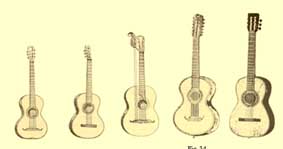 |
B. Guitar size affects playability, sometimes adversely String length is crucial to the playability of the guitar, especially where the stretching of the left hand to reach certain intervals is concerned. Classic guitar music demands sometimes that the performer be able to maintain a five-fret stretch in the left hand-something that historically was possible for most players on the "early" classic guitar, since its string length was on the order of 55-62 cm. In order to execute the above passages on the modem, standardized classic guitar with a 65 or 66 cm. string length, one must be endowed with very large hands and one must have played the guitar for years. The stretch required between the index (1) and the little finger (4) of the left hand here is exactly equivalent to playing an octave on the piano with the same fingers. The distance tip-to-tip is about 16 cm. Most students, and most women, cannot span better than 14.5 cm. between the index and the little finger on the left hand. Let us bear in mind that the same music performed on an earlier, smaller classic guitar having, say, a 58 cm. string length, would require a stretch in the left hand of only about 14 cm.-one which is readily achieved by most students and most women. If one takes comfort in the relative loudness made possible by the standardized classic guitar of today - a loudness which appears to be linked to size, but which this writer is not absolutely convinced must be so linked - then one takes no joy whatever in the realization that more than half of the potential guitar playing public will never be able to play the above passages satisfactorily |
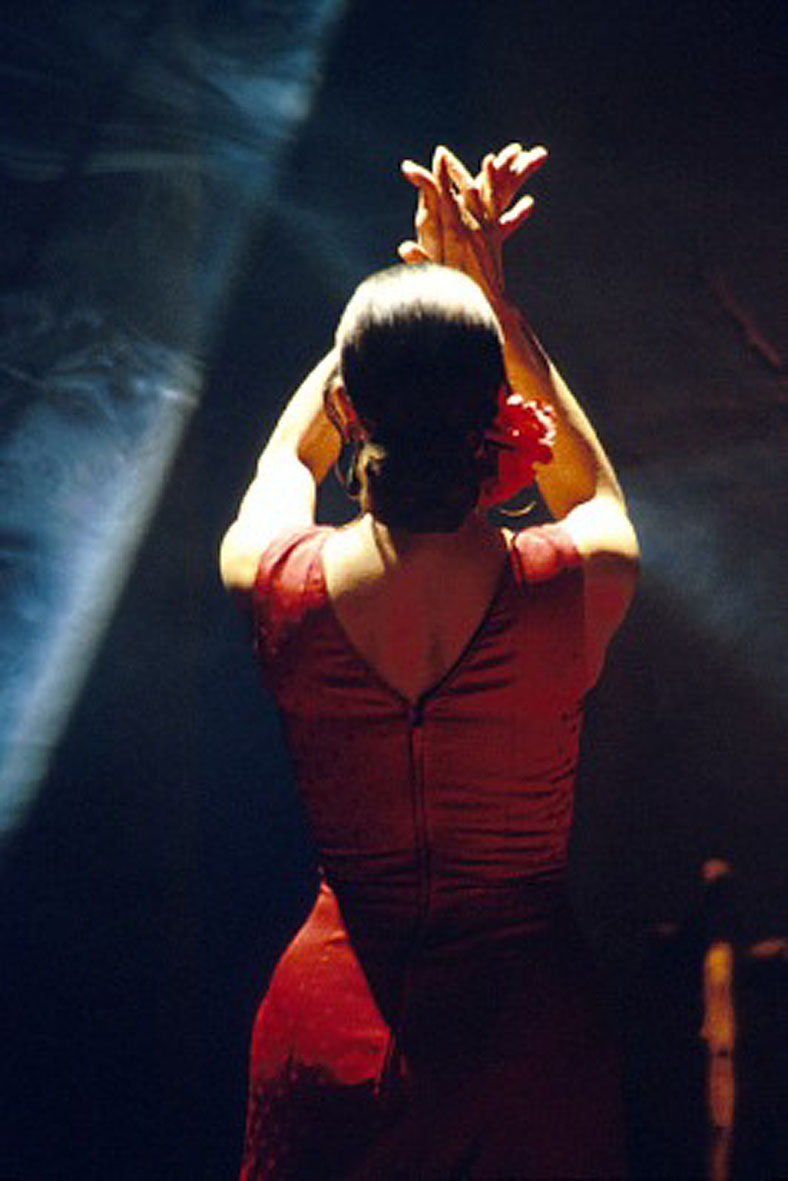 |
C. History sanctions variety in guitar sizes It seems clear to all who have delved into the history of the classic guitar that the instrument which Giuliani, Carcassi, and Sor played was quite a bit smaller than the modern guitar. Even with gut strings, it projected enough to hold its own and to flourish in chamber music, in solo performance, and in concertos, pitted against a full orchestra. At the time of the first flowering of the guitar in Vienna (1800-1820), instrument makers produced a great many sizes and shapes of guitar, depending on the needs of the customer. There were "Meistergitarren" (master guitars) which tended to be larger, relatively speaking, with string lengths of 60 to 62 cm., and "Damengitarren" (ladies guitars) which were slightly smaller than the foregoing, averaging perhaps 55 to 59 cm. in string length. It is likely also that guitars of this smaller size were pressed into service as "Terz-gitarren," tuned a minor third higher than the standard instrument. In any event, although we in the latter 20th century appear to have forsaken our options with respect to guitar size, all is not lost. The baroque guitar and its literature have already been revived in America and Europe. Michael Lorimer, Jim Tyler (who wrote the book, The Early Guitar: a History and a Handbook), and Frank Bliven are three guitarists who come to mind in connection with baroque guitar performance. And in Japanese journals such as Gendai Guitar, not to mention European sources, we can find reconstructions of classic guitars of the early 19th century (Lacote, Panormo, Stauffer) being used in performance and being offered for sale. Dr. Brian Jeffery, the noted musicologist and leader in the Sor revival, enjoys playing the music of that era on an authentic instrument. And, fellow guitarists, we are not alone. It is already fashionable to perform Mozart and Haydn on reconstructed fortepianos in preference to Steinway grands. So, all in all, a healthy historical trend is setting in with respect to guitar sizes and styles that may ultimately make the instrument more playable and more interesting to more people. |
|
|
A Brief History of the Classical Guitar Nobody really knows where the earliest origins of the guitar lie. As long ago as 1400BC the Hittites were playing a stringed instrument with a long neck and a body with a waist. Whether or not this was the direct ancestor of today's guitar we have no way of knowing. We do know that during the 15th century, a guitar-like instrument was developed in Spain called the vihuela or viola da mano. This was played by genteel folk. There was also a similar instrument (but with a different tuning) called the guiterra or ghiterne, which was played by the common people. By about 1550, the two had merged into one instrument. It had eight strings, tuned as four pairs (or courses). By the end of the century a fifth course had been added. It had also become popular abroad, where it came to be known as the Spanish guitar. King Henry VIII's inventory of instruments included four gitterons or Spanish vialles. One of the great advantages the guitar had over the lute was that it was easier to play. People of mediocre musical talent seized upon it and quickly learned to strum a few chords, much to the disgust of those who thought they had more cultured tastes. Samuel Pepys, for example, was "mightily troubled that all that pains should have been taken over so bad an instrument". Another commentator thought that "its sounds are related to the kettle, and it always seems to whine". The guitar, however, had come to stay, and its popularity grew throughout the seventeenth and eighteenth centuries. Around 1800, the five courses were replaced by six single strings, tuned the way we are familiar with today. Up to this time, guitars had very narrow bodies and were also rather quiet. When the piano was introduced, the guitar went into rapid decline, but new developments were just around the corner. About 1840, a Spanish carpenter named Antonio de Torres began making guitars. He revolutionised the sound of the guitar by giving his instruments a much larger body than had previously been used. He also devised a pattern of fanstruts which were glued under the soundboard, both strengthening it and enhancing its tone. He had an inborn sensitivity to the acoustic properties of the wood he was working with. Although much of his wood came from old furniture which he dismantled, few makers since have been able to equal the beautiful tone, sonority and character of his instruments. Although some modern makers have devised new patterns of strutting, Torres' design still forms the basis of most fanstrutting used to this day, and many people look up to him as the undisputed master of guitar makers. |
|
|
|
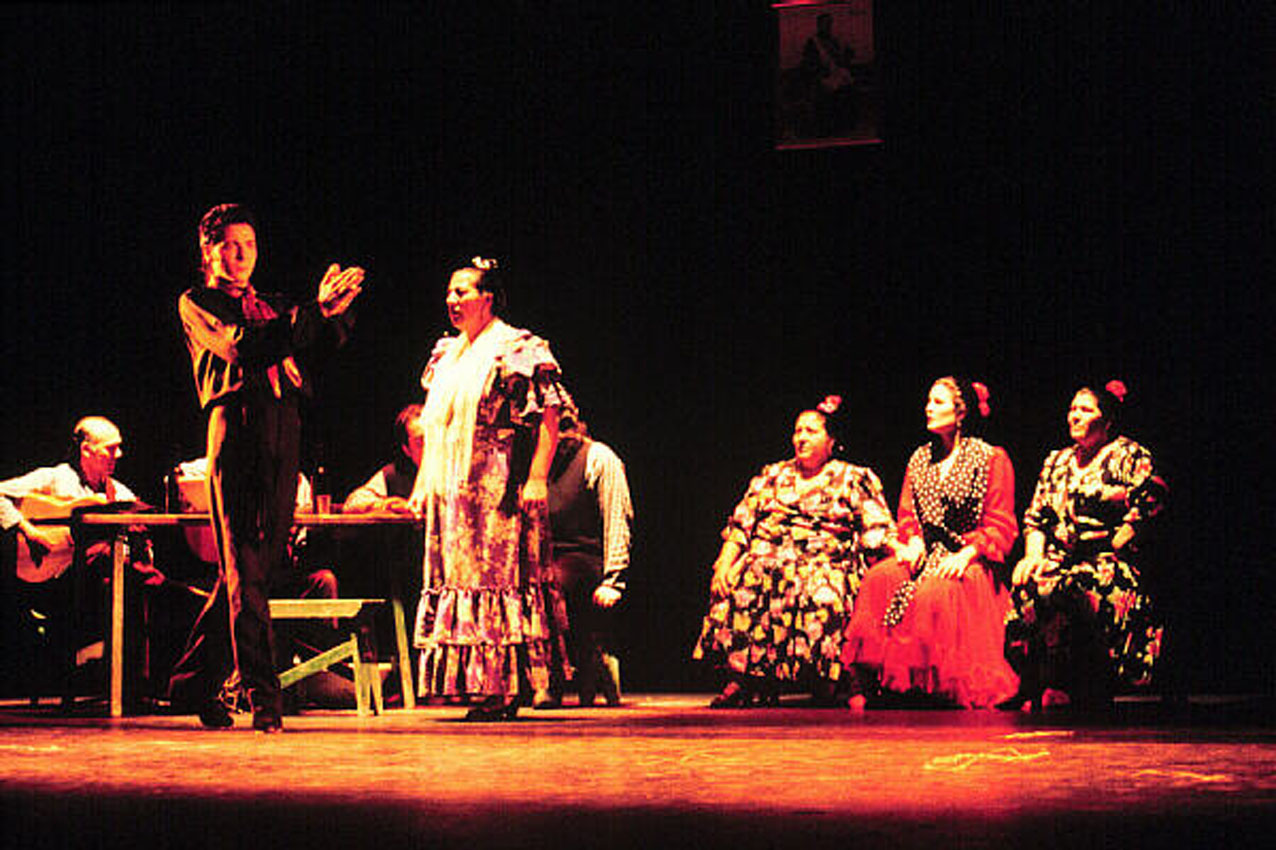 |
|
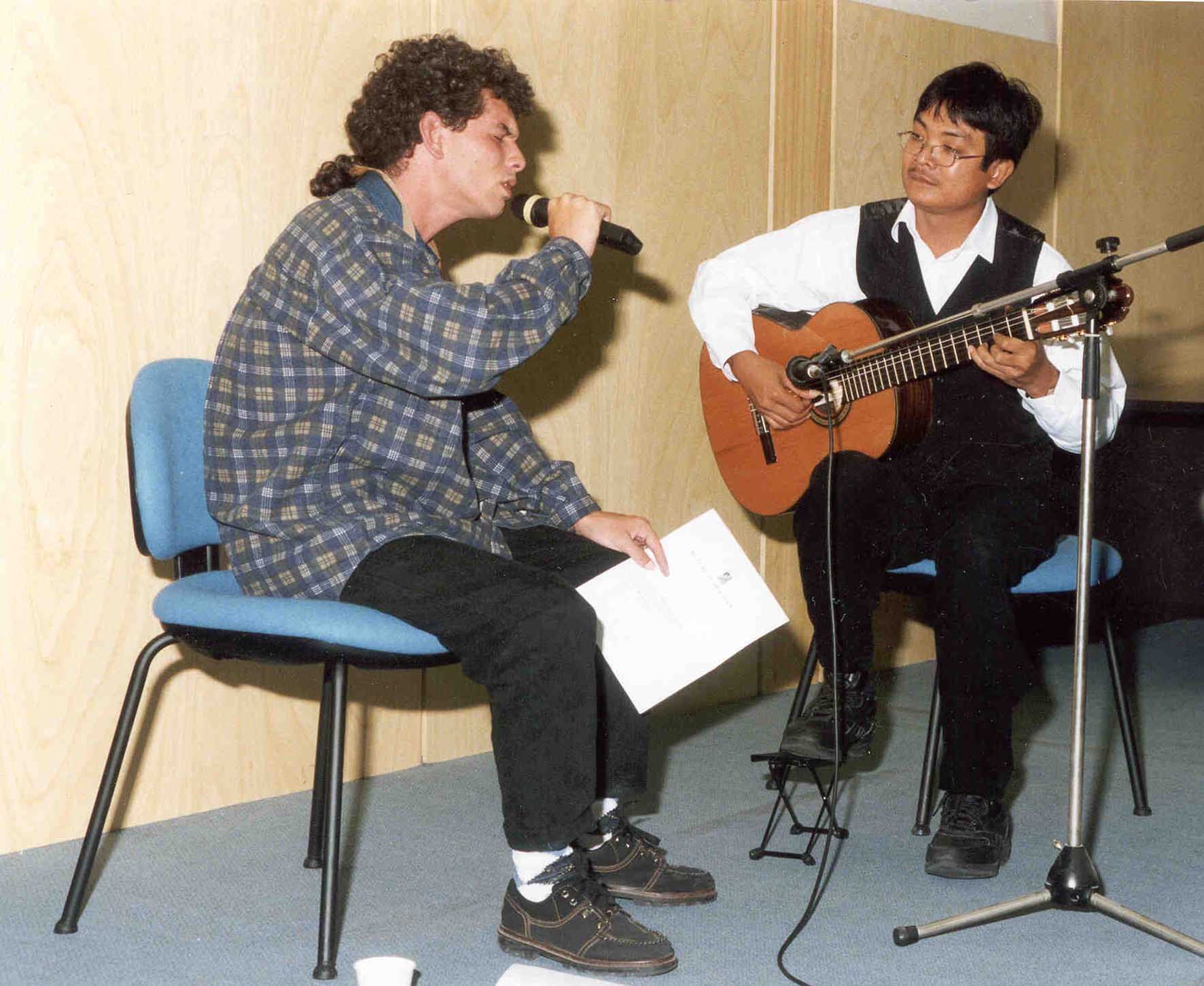 |
|